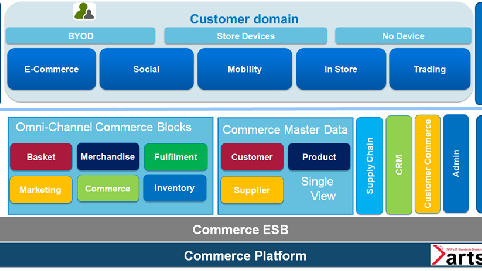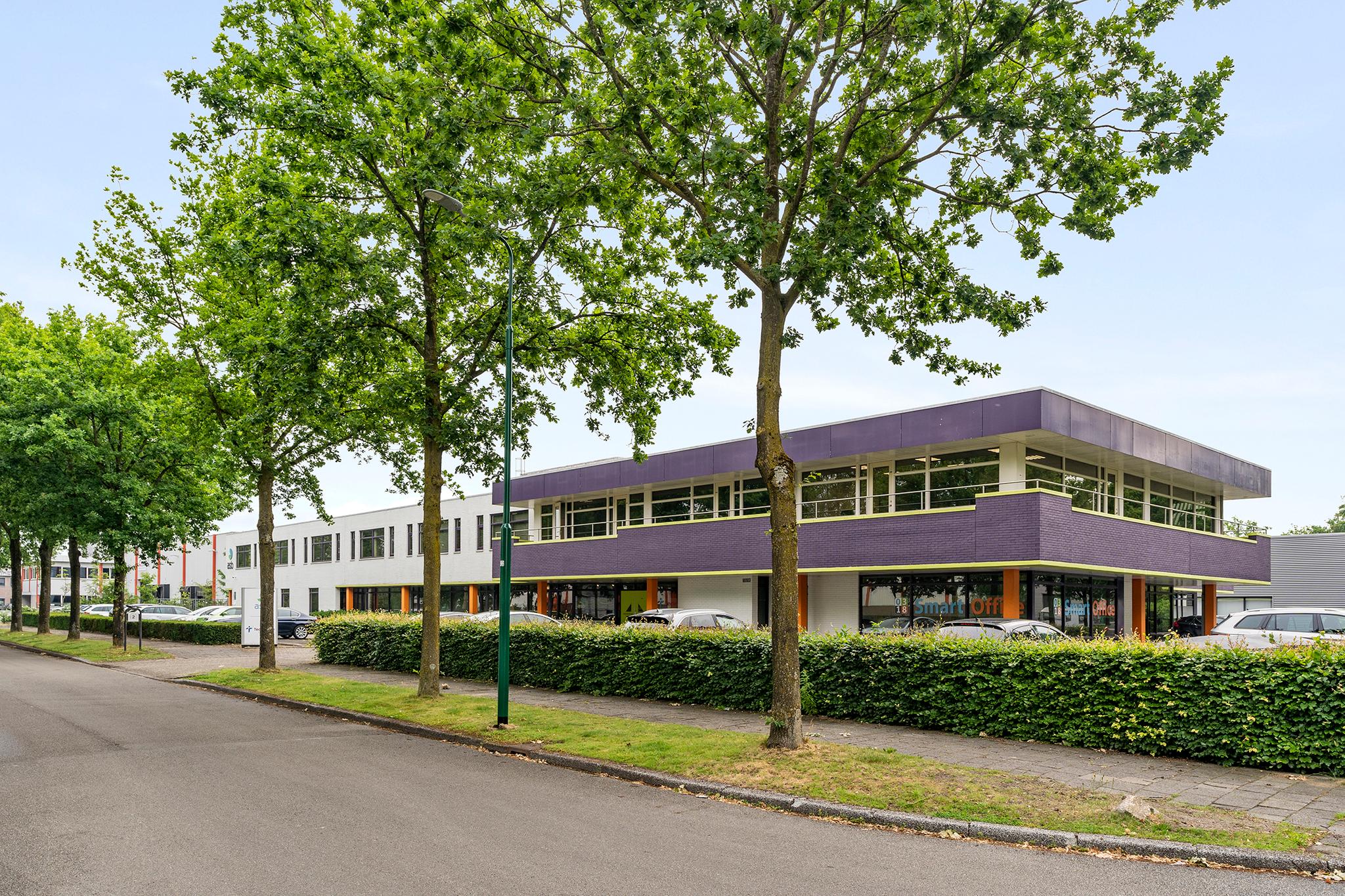Introduction
I would like to discuss the influence of domain models on the future of Back Office (process) applications in a series of blogs.
This includes:
- First an example: Argility and SpringCommerce Platform
- How Argility is implementing the ARTS Model for Commerce solutions
- The importance of Customer Order Decoupling Point (to what extent does an organization influence) and the impact on Information models
- Software trends transitioning from the Departmental applications towards the Enterprise-wide applications and towards the Business Service applications that are centered around a domain (CRM, HR, Finance, Commerce, etc)
- What makes a domain model so appealing?
In this blog, let us look at Argility and SpringCommerce Platform.
My friend, Neels van Tonderen CEO of Argility, delivers a Commerce solution for Retail operations which is also suitable for any industry that has a Commerce need. Their solution portfolio is on an expansion with new Commerce modules. There are two things that intrigued me in their approach to building the solution. One is the use of the ARTS model and the other is the platform approach of Argility’s SpringCommerce Platform. I would like to dwell a little on both these approaches.
Let’s look at the first approach, which involves using the ARTS Model for building the solution. The Association for Retail Technology Standards (ARTS) is an international standards organization dedicated to reducing the costs of technology through standards. Since 1993, ARTS has been delivering application standards exclusively to the retail industry.
Argility Commerce Framework has a complete Retail Specific Data Structure that is validated across the retail sector. The data structure conforms to the ARTS Data Model, which is a widely acknowledged standard in the industry. ARTS Data Model is an enabler for Integration, Master Data Management and Transactional Processes. The comprehensive nature of all master records facilitates a swift migration to a single view of the enterprise and implementation of Master Data Management.

As you can see, all the aspects of Commerce are covered in the solution offered by Argility to optimize your commerce operation. The team has efficiently used the ARTS Data Model to create an Industry standards based solution. This provides a great advantage to the users of this system as it has Integration, (master) Data definitions and Processes according to the required specifications.
What’s good about this model is that it is thought out properly by the experts of the Retail industry. This Commerce model is in contrast to the ERP systems approach.
ERP systems combine the meta models of many industries into one system. This creates confusion when you are implementing, customizing and deploying those systems to make them fit for use by your business operations. With the adoption of ARTS by Argility, I see an early bird making a breach in the ‘normal’ approach by adopting an Industry model in all aspects of system design. I see a great opportunity for many more Industries. Other models that are very promising to be used in Process applications are:
- SCOR (Supply Chain domain)
- VRM (Manufacturing domain)
- BIAN (Banking domain)
- eTOM (Telecommunication domain)
- ACORD (Insurance domain)

